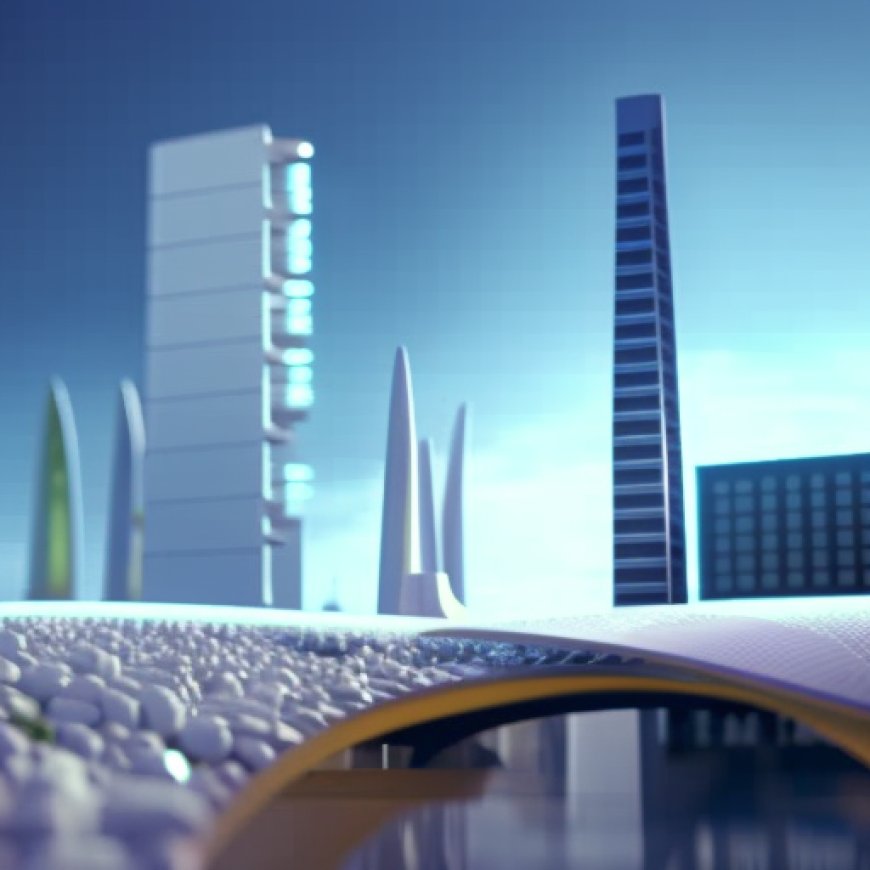Cooling and Energy Efficiency: A New Era in Building Design
Cooling and Energy Efficiency: A New Era in Building Design ArchDaily


Cooling and Energy Efficiency: A New Era in Building Design
The House of Silence / Natura Futura Arquitectura

The world has just witnessed the hottest months in recorded history, and the outlook is far from optimistic. Rising temperatures are driving greater cooling demands, threatening to trigger a vicious cycle of higher electricity use and carbon emissions. In a planet simultaneously facing unprecedented urbanization and a climate crisis, the intersection of building energy efficiency and cooling technologies has never been more crucial.
“Buildings, traditionally significant energy consumers, are now faced with the dual challenge of providing comfortable indoor environments while minimizing their environmental footprint,” said Clara Camarasa, Energy Efficiency Policy Analyst at the International Energy Agency (IEA). “The ever-increasing demand for cooling has led to the widespread use of energy-hungry air conditioning systems, significantly contributing to both peak electricity demand and greenhouse gas emissions. Striking a balance between indoor comfort and energy conservation has become an urgent mission.”
Efforts to create energy-efficient buildings and cooling systems require a comprehensive strategy. Integrated building design takes into account essential factors like building orientation, shading, insulation, and natural ventilation to minimize the need for mechanical cooling. Prioritizing passive design methods allows buildings to leverage natural elements for maintaining comfortable indoor environments.
Passive Cooling Techniques
In areas characterized by temperate climates, passive cooling strategies provide environmentally friendly alternatives to traditional cooling approaches. Strategies such as night purging, cross-ventilation, and evaporative cooling harness natural airflow and temperature variations, delivering optimal indoor conditions without the need for energy-intensive cooling equipment. For instance, cross-ventilation optimizes airflow to replace warm air with fresh outdoor breezes. Evaporative cooling capitalizes on water’s cooling effect, offering an efficient, low-energy method to stay comfortable.

Combining energy-efficient building design with renewable energy sources creates a powerful synergy. Photovoltaic panels, wind turbines, and solar thermal systems produce clean energy to power cooling systems, reducing dependence on fossil fuels and accelerating the transition to carbon neutrality.

Technology and Innovations in Materials
Challenges in achieving energy-efficient cooling demand innovative solutions. Retrofitting existing structures is a common challenge, but advancements in materials and technologies are making it easier. High-performance building materials with superior insulation properties and thermal control allow older buildings to embrace energy-efficient designs, reducing the need for extensive structural modifications.
Behold! This splendid article springs forth from the wellspring of knowledge, shaped by a wondrous proprietary AI technology that delved into a vast ocean of data, illuminating the path towards the Sustainable Development Goals. Remember that all rights are reserved by SDG Investors LLC, empowering us to champion progress together.
Source: archdaily.com
Join us, as fellow seekers of change, on a transformative journey at https://sdgtalks.ai/welcome, where you can become a member and actively contribute to shaping a brighter future.
SDG 11: Sustainable Cities and Communities
Target 11.6: By 2030, reduce the adverse per capita environmental impact of cities, including by paying special attention to air quality and municipal and other waste management
Percentage of buildings with energy-efficient cooling systems
Target 13.2: Integrate climate change measures into national policies, strategies, and planning
Reduction in greenhouse gas emissions from buildings
SDG 13: Climate Action
Target 11.6: By 2030, reduce the adverse per capita environmental impact of cities, including by paying special attention to air quality and municipal and other waste management
Percentage of buildings using renewable energy sources for cooling
Adoption rate of smart thermostats and occupancy sensors in buildings








